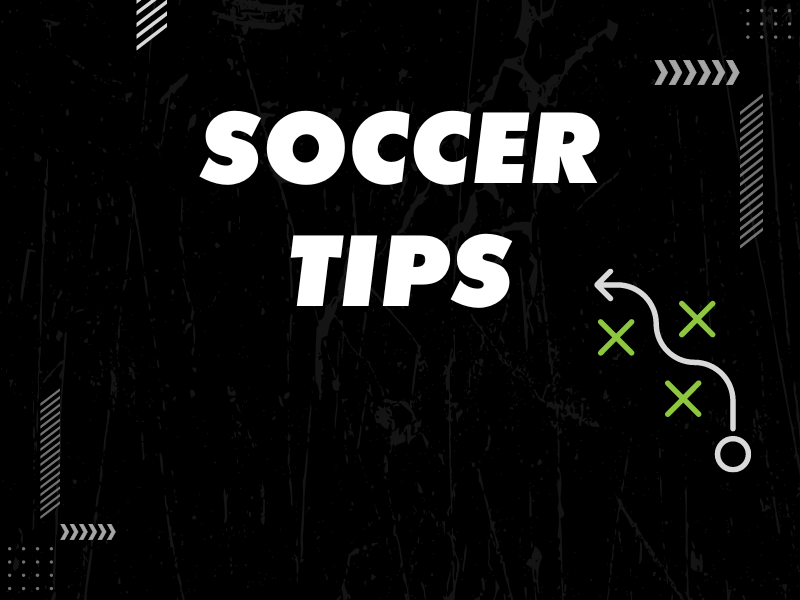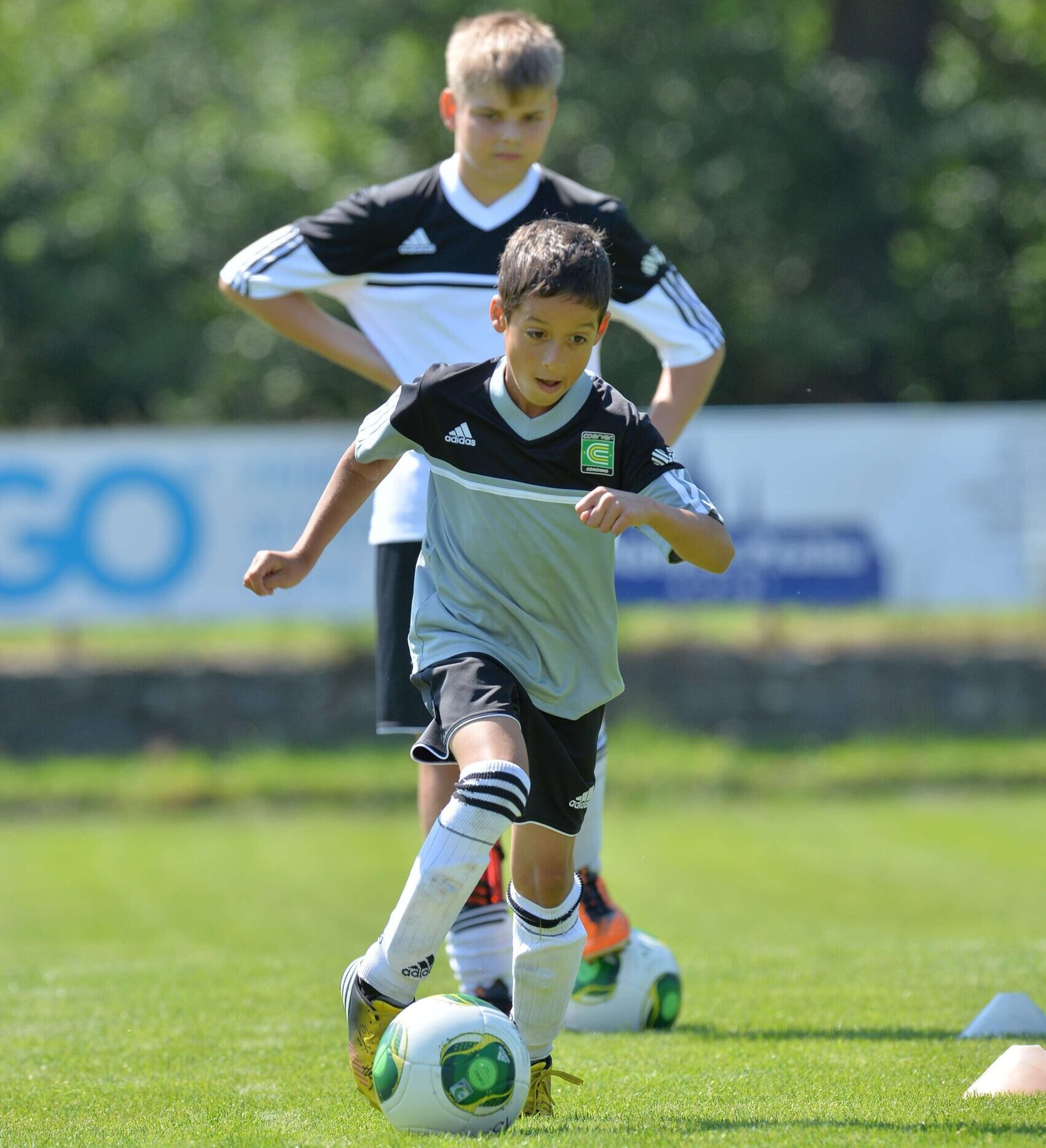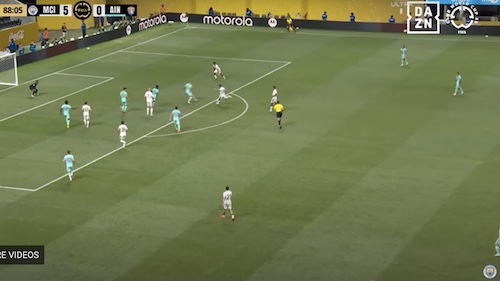|
What are some of the most common soccer injuries? Usually soccer players suffer sprans and strains while playing the game. These can be angle sprans or a strained or pulled hamstring. Unfortunately, soccer players also injury their knees, either the MCL or the ACL, the later usually requiring surgery and you putting the player out for nearly a year. And of course, many soccer players suffer a fair amount of bumps and bruises to their legs and shins after a hard fought game – that’s why wearing shin guards is required. Listed below are some stats about common soccer injuries and some things you can do to prevent a injury occuring when you’re playing soccer: Dangerous trends facing youth soccer
Injuries affect more than soccer
The Problem: Misaligned Movement Have you ever seen a soccer player go down with an injury even though no one touched them? These types of injuries are called “non-contact injuries” and often occur when a player has misaligned movement. What is misaligned movement? The human body is like a machine similar to a car. When a car’s alignment is off it begins to have wear and tear, perform poorly and then ultimately it will break down. Our bodies are no different. If the body’s alignment is off during athletic movement, the body can experience wear and tear, perform poorly and eventually get hurt. Watch the video below for 3 quick steps every soccer parent should know to prevent injuries and maximize skills.
|
How to Prevent Soccer Injuries
















